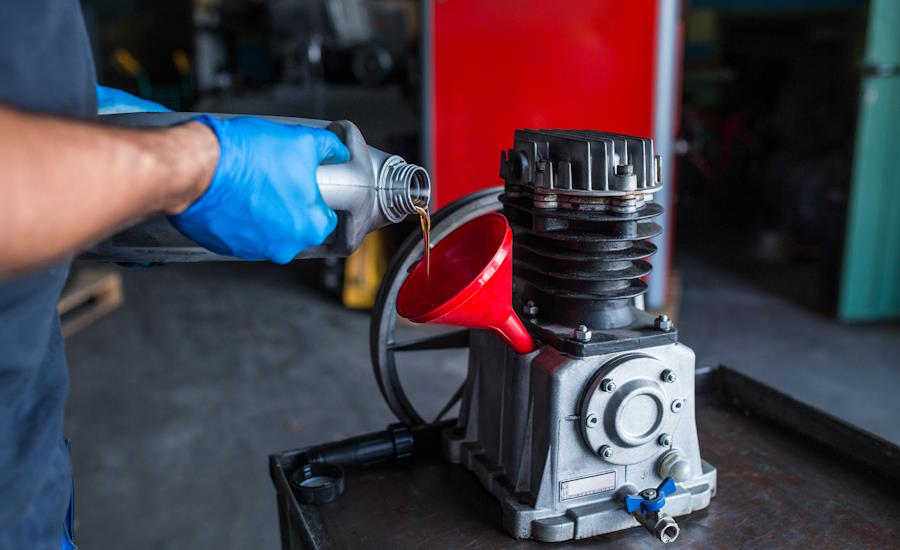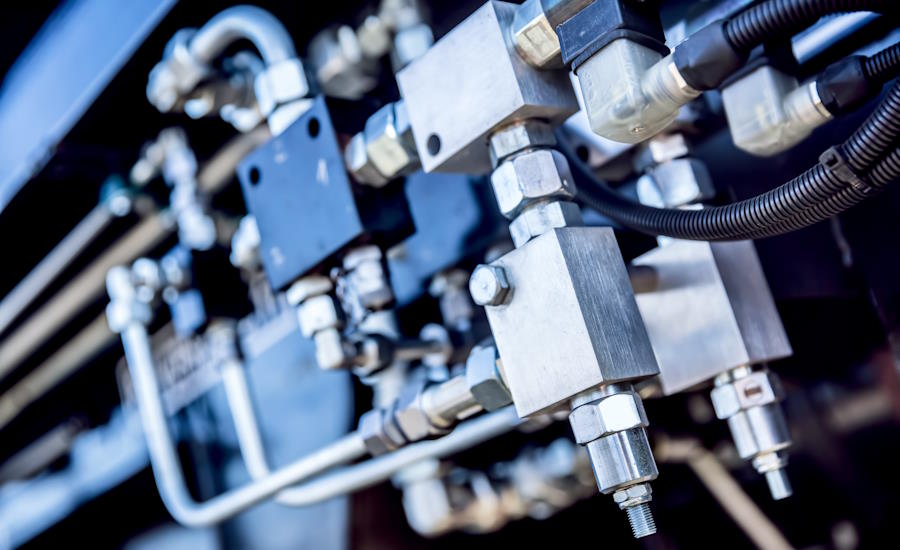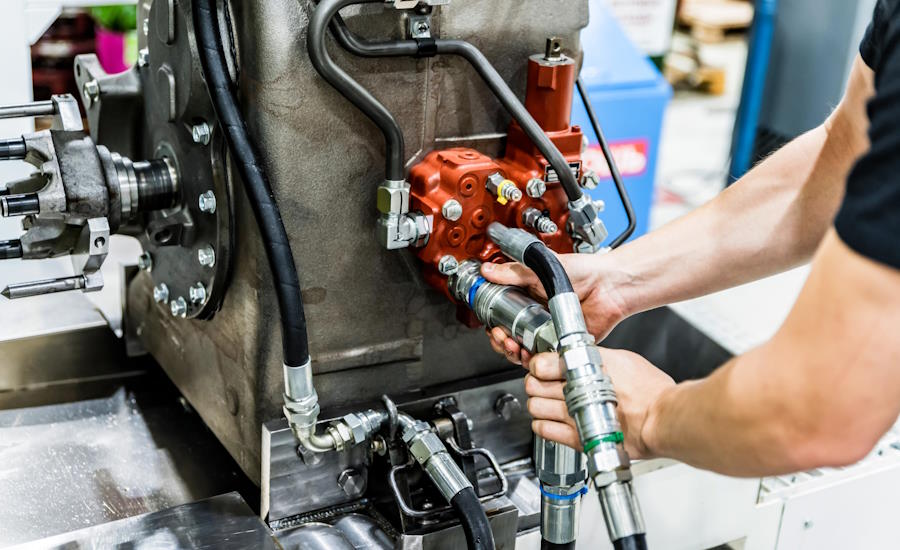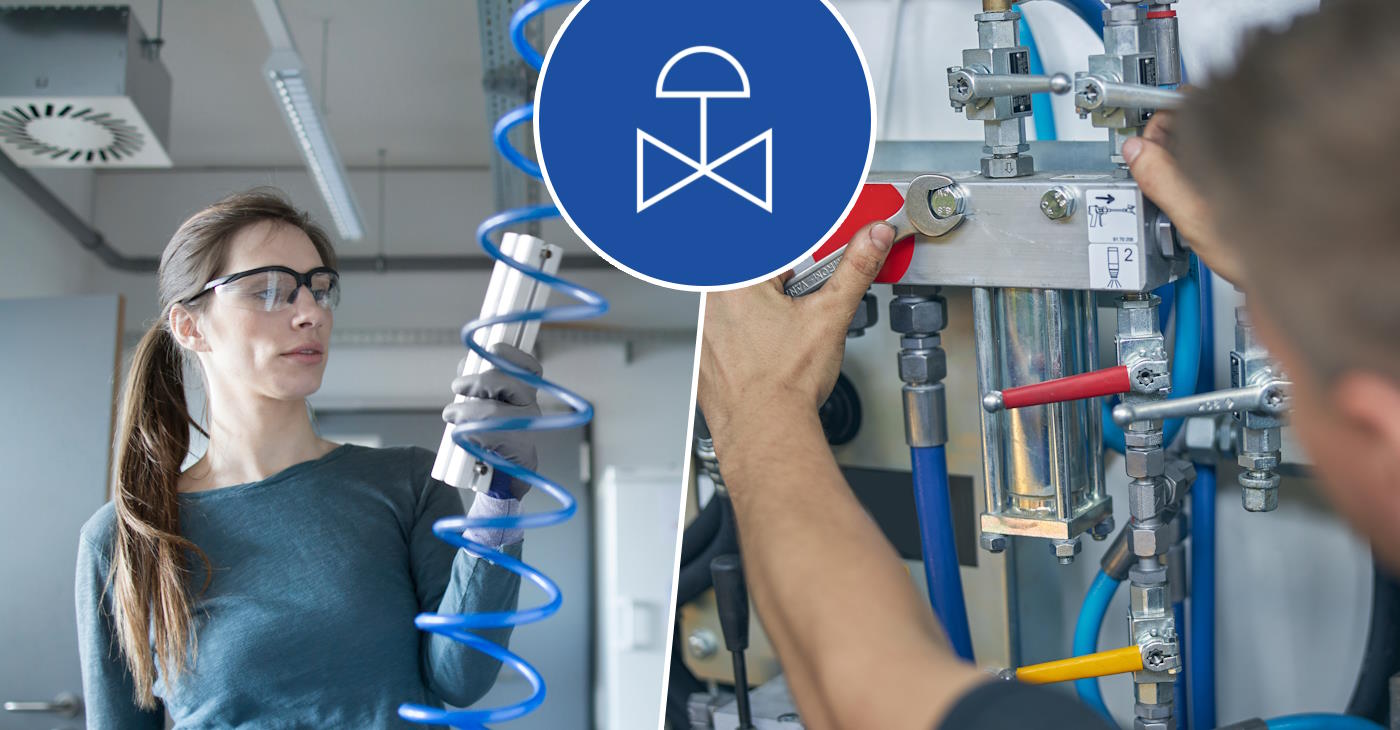Do all pneumatic systems use pneumatic valves? In principle, most modern pneumatic installations incorporate at least one type of valve to regulate airflow, direct movement, or manage system pressure. However, it is theoretically possible to design a simple pneumatic setup—such as an open-ended air nozzle—without a conventional valve. Nevertheless, nearly every system that aims to harness the reliable control and versatility that compressed air offers will include one or more pneumatic valves. This introductory point underscores the central role valves play in pneumatic configurations, especially when precise modulation or directional control of airflow is required.
What is a pneumatic system?
A pneumatic system is a technology that uses compressed air (or other gases, though air is by far the most common) to transmit power and perform work. The term “pneumatic” originates from the Greek word pneuma, meaning “breath” or “air,” indicating the reliance on gas as the working fluid. These systems are pervasive in industrial settings due to their simplicity, cleanliness, and cost-effectiveness. Instead of relying on hydraulic fluid or electrical power at the point of actuation, a pneumatic system uses pressurized air delivered through hoses, pipes, or integrated manifolds to generate mechanical motion or force.
Pneumatic systems are frequently praised for their relative safety and minimal environmental impact. Since air is essentially free—apart from the energy required to compress and condition it—pneumatics can be cheaper to operate compared to some hydraulic or fully electric solutions. Moreover, the potential for leaks does not pose the same contamination or fire hazard risks as hydraulic oil. For these reasons, many manufacturing plants, assembly lines, and automated facilities depend heavily on pneumatic components.
How they work
The fundamental operating principle behind a pneumatic system is to convert the potential energy of compressed air into mechanical energy. An air compressor takes in ambient air and pressurizes it to a specified level. This compressed air is then stored in a reservoir, or it may flow directly into the system’s distribution lines, depending on the design. When a user or control mechanism opens a flow path, the pressurized air expands and drives a piston, a rotary actuator, or another type of mechanical element. This movement can be harnessed to perform tasks such as moving objects along an assembly line, clamping workpieces into place, or executing various forms of mechanical manipulation.
Controlling the pressure and direction of airflow is crucial. Systems will generally include pressure regulators to ensure the air supply remains at a consistent, predetermined level. The exact operating pressure is determined by the application and is often lower in smaller applications (e.g., 80–100 psi, which is roughly 5.5–7 bar) but can be higher or lower as needed. If precise motion control is necessary, feedback sensors and programmable controllers can be integrated to monitor position and velocity, thereby adjusting how and when the compressed air is delivered.
Components in a compressed air system
Though designs vary, most pneumatic systems include the following core elements:
Air compressor
Converts ambient air into a pressurized supply.
Air reservoir or receiver
Stores compressed air to even out supply fluctuations and meet peak demand.
Regulator and filters
Maintains consistent pressure levels, removes moisture, and filters particulates.
Actuators
Convert pneumatic energy into mechanical motion—commonly cylinders or rotary actuators.
Valves
Control the direction, pressure, and rate of airflow.
In addition, many systems incorporate gauges to monitor pressure, lubricators to add a small amount of oil for component longevity (though some modern systems use oil-free designs), and a network of tubing or piping to transport the compressed air to the intended application point.
Whether what component you’re looking for, Airtec.se is your number one choice supplier in all things pneumatic!

How a pneumatic valve works in these systems
A pneumatic valve is a specialized device designed to manage, direct, or regulate the flow of compressed air within a pneumatic system. By opening, closing, or partially obstructing various passageways, these valves ensure that actuators move exactly when and how the operator or control system intends. Typical examples of pneumatic valves include:
Directional control valves
Often labeled with “2/2,” “3/2,” “5/2,” or “5/3,” referring to the number of ports and positions. These valves determine the route of airflow, allowing an actuator to extend, retract, or halt.
Pressure relief valves
Also known as safety valves, they vent excess pressure to prevent dangerous over-pressurization.
Flow control valves
Adjust the speed of an actuator by restricting or throttling the air passing through them.
In many industrial machines, a programmable logic controller (PLC) or a pneumatic logic system activates solenoid-driven valves. This allows for remote or automated switching, which can be fine-tuned to extremely precise cycles, giving pneumatic systems the ability to operate seamlessly in complex automation tasks.
The internal construction of a pneumatic valve usually involves a spool or poppet arrangement that shifts between different positions. The spool is often driven by a solenoid coil (in electrically actuated designs) or by mechanical or pneumatic pilot signals. When the valve changes position, passages within the valve housing open or close to redirect air to the appropriate paths.

Pneumatics and their areas of use
Pneumatic technology is employed in a vast array of fields. Manufacturing plants deploy pneumatic cylinders on assembly lines for tasks such as stamping, clamping, and pick-and-place operations. The food and beverage industry relies on pneumatics for packaging lines, particularly because compressed air poses less risk of contamination compared to hydraulic fluids. Vehicle repair shops and home garages also commonly use pneumatic tools (e.g., impact wrenches, nail guns, and tire inflators).
Beyond factories, pneumatic systems appear in entertainment—such as animatronic devices in theme parks—medical settings like dentist chairs, and even in pipeline control for water treatment facilities. Because compressed air is relatively straightforward to manage and environmentally cleaner than oil-based hydraulics, it is especially common in settings that demand high-speed, low-to-moderate force operations and a straightforward control methodology.
How does a hydraulic system differs?
While pneumatic and hydraulic systems share many conceptual similarities—both transmit power via a fluid medium—they differ fundamentally in the fluid they use. Pneumatic systems rely on compressible gas (usually air), whereas hydraulic systems use relatively incompressible liquids (commonly oil). This distinction leads to several key differences:
Force and power
Hydraulics can handle much higher pressures, thus generating greater force. Pneumatics, while often faster and cleaner, are more limited in maximum force output.
Speed and control
Pneumatics can be quicker due to lower fluid viscosity and reduced backpressure, but they can also exhibit a slight delay or “sponginess” from air compressibility. Hydraulics, on the other hand, offer very rigid control.
Maintenance and safety
Pneumatic systems have minimal leakage concerns—escaping air typically poses no contamination risk, whereas hydraulic fluid leaks can create hazards and environmental issues.
Choosing between hydraulics and pneumatics often depends on whether the application prioritizes force, speed, cleanliness, or cost considerations. In automotive manufacturing, for instance, large presses may be hydraulic due to their high force capabilities, while smaller assembly operations rely on pneumatics for swift motion and simpler maintenance.

The invention of compressed air
The notion of using air to produce mechanical force has existed for centuries, with early experiments traced back to ancient Greece. The concept of compressed air as a power source found a more formal footing during the Industrial Revolution in the 18th and 19th centuries. However, the recognizable form of modern pneumatic systems—with dedicated compressors, valves, and standardized fittings—gained widespread adoption in the mid-to-late 19th century. Innovations in metallurgy and precision machining allowed for safer and more efficient compressors, piping, and control valves. By the early 20th century, factories around the world were embracing pneumatic tools for assembly and production, and the subsequent decades have only refined these systems further.
Today, advancements in electronics and automation have given rise to electropneumatic systems in which sensors, programmable controllers, and sophisticated feedback loops enable precision operation. Many of the core principles, however, remain rooted in the earliest systems: harnessing compressed air to do work in a controlled, reliable manner.
We wrap it up – pneumatic valve and its importance in a compressed air system
In short, while not every pneumatic system absolutely requires a dedicated air valve, nearly all sophisticated industrial applications benefit significantly from the use of these pneumatic valves. Valves provide the critical function of regulating pressure and directing airflow, ensuring repeatable and controlled movements. These systems, which harness the energy of compressed gas, remain popular for their safety, cleanliness, and efficiency. From the earliest applications in the 19th century to modern automated factories, pneumatics continues to evolve, yet the underlying principle of pressurized air delivering force and motion remains largely unchanged. For many industries, the pneumatic valve is central to these processes, a testament to both the technology’s enduring simplicity and its adaptability to meet contemporary engineering challenges.
We hope you appreciated this article as much as we had fun writing it! Any suggestions for upcoming topic we should write about? Do not hesitate to contact us.

